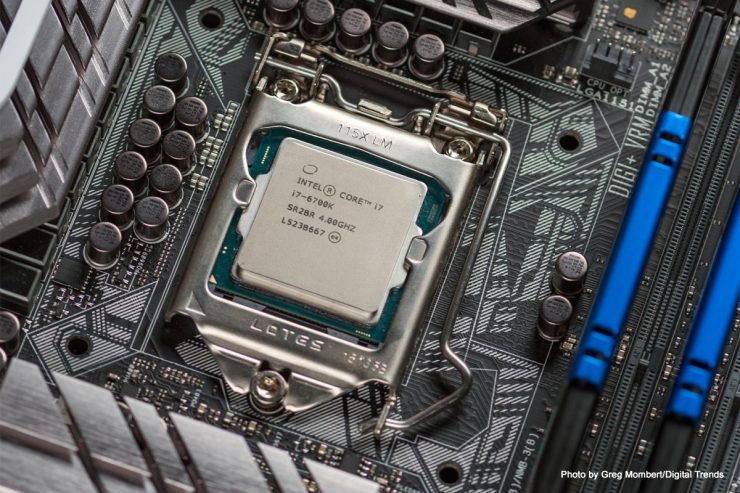CPUs for CAD: The right choice for BricsCAD: Guest Post by Don Strimbu
Reproduced from Bricsys Blog
Bengaluru, India

When choosing CPUs for CAD, the right choice is non-obvious
Visit the websites of the top computer manufacturers, and you’ll see four types of machines: laptops, desktops, workstations and servers.
While modern CAD software runs amazingly well on today’s top-of-the-line laptops (a.k.a. “mobile workstations”), most dedicated CAD users will go with a desktop PC. The desktop chassis offers much more room for expansion and more capable CPUs for CAD.
Workstations usually sport multiple SSDs, HDDs and add-in graphics cards, so drive bays and expansion slots are important.
And while that top-of-the-line desktop looks pretty sweet, I can sense that you’re gravitating toward the “workstation-class” machine. What’s a workstation? In most cases, the biggest difference is in the CPU technology.
The choice of CPU family also defines memory channels and speed, and the type (and number) of expansion slots offered on the machine’s motherboard.
Top-end Intel-based desktop machines contain Core™ i7 processors. Intel-based workstations have Xeon® CPUs. Xeon-equipped machines have more L3 memory cache, support for ECC (Error Checking and Correction) multi-channel RAM, and more physical processor cores than any Core-branded processor.
“So, I definitely want my CPUs for CAD hardware to be Xeon-based, right?”
No. If money is no object, well… maybe. But even then: the Xeon-based workstation is going to be – at best – the same speed running CAD, versus a similarly-clocked Core i7 processor… for a LOT more money.
Here’s why: the way that drawing files are structured, and the way the entities in your drawings interact with each other forces CAD software to run serially.
Do this. Done? OK then do this. Done? OK then do this… ad infinitum. It’s really hard to multi-thread CAD applications because of these cross-entity dependencies.
While BricsCAD® can load drawings, regenerate displays, render models and perform computations using multiple threads / multiple cores, the majority of the CPU processing that goes on during a CAD session runs in a single thread.
And a single thread runs on a single core…
Which means that there’s little need for multiple cores on CPUs for CAD. Sorry.
I know that this clashes hard against all of the marketing that you’ve heard. But here’s the word from Lyubov Osina, a support engineer with Bricsys:
“…you can see that the high-end Xeon W-2155, with its impressive 20 logical cores and equally impressive $1,440 price tag, has a Single Thread performance Rating (STR) of 2,572.
This rating is lower than the i7-8700K with its STR of 2,717 and its $340 price tag.
In other words, for most CAD work, you get better performance for less than 1/4 the price when you choose i7 Core over Xeon CPUs for CAD.”
…so what’s the recommendation?
“…we recommend (that BricsCAD users) look for a fast i7 processor with 4 physical cores and a high STR score.”
If you run heavily multi-threaded software applications – engineering analysis software, image processing suites or video editing systems – you’re going to want that Intel® Xeon® CPU. Or maybe even two.
But for those CAD stations that your people use day-in, day-out to create production drawings and construction documents? Keep it simple.
Less cores and higher clock speeds win the race when choosing CPUs for CAD productivity today.
Want to know more? See “Choosing BricsCAD Hardware for Best Performance” here on the blog.
(Note: I wrote and published a version of this article back in March 2016, on the techevate.com “Success with BricsCAD” blog. This post has been edited, and updated with current CPU models on 09 March 2018. -DS)
CPU selection hardware i7 performance Xeon

Don Strimbu
VP Communications for Bricsys NV: I’ve spent 35 years in the .dwg-based CAD space (I started really young). I love technology, hi-fi, airplanes and cars that go vrooom.

 Don Strimbu
Don Strimbu